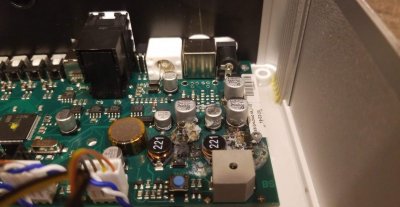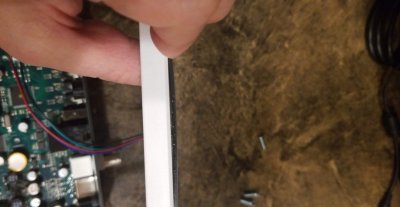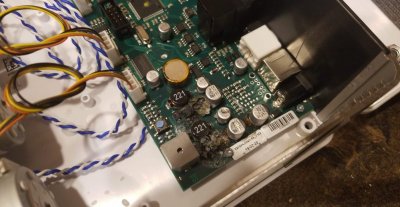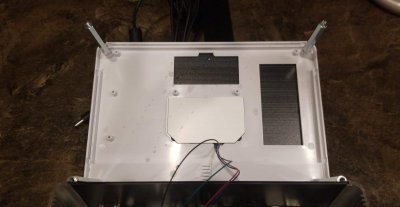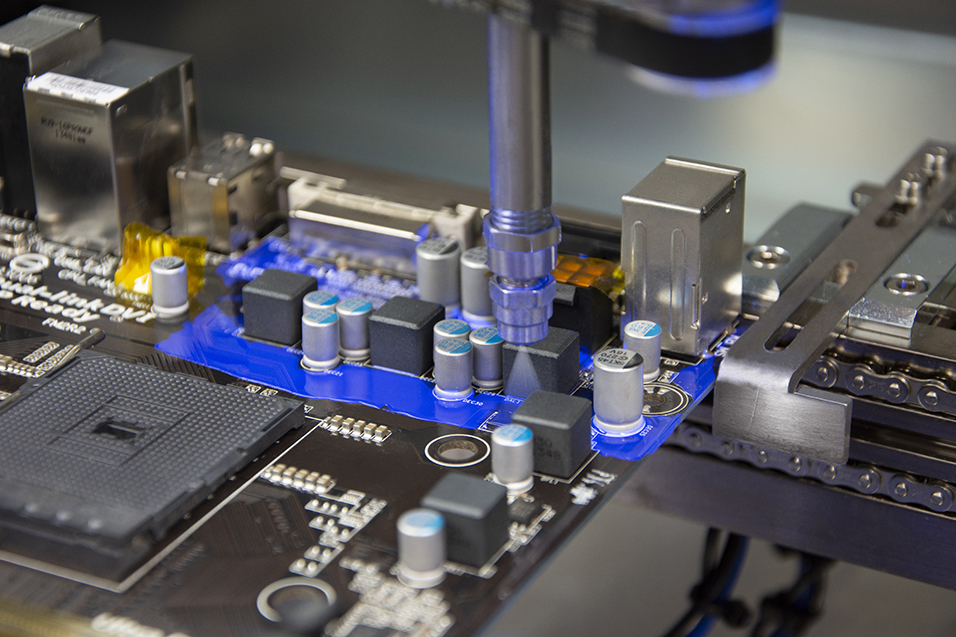- Joined
- Nov 2, 2008
- Messages
- 338
- Reaction score
- 52
I was hooking up my GHL KH Director tonight with the Doser 2.1 pump. I had the Director stack on top of the Doser 2.1. The first time I can a test for alkalinity it worked but I noticed the PH probe was leaking I tried running one more test and it was still leaking slowly. I then reseated the PH probe and used some Vaseline to help seal things up. I noticed a small puddle on the shelf where the unit was sitting (very small). I wipped it up and then noticed that I couldn't connect to my Doser 2.1 anymore. After looking closer the lights on the doser had gone out all together. I unplugged the unit and plugged it back in and still nothing. I did notice that the lights by the LAN port were still lite up but no other lights. I tried plugging the cord into my Slave doser and it powered right up without an issue. I then stuck my nose up close to the unit and smelled and it had that burnt electrical smell 
 . My best guess is that a very small amount of water leaked down off the Director and into the power port on the Doser 2.1 and caused an electrical issue!! Any suggestions or help? I wish the directions would have explicitly said to but the Director on the BOTTOM when stacking, just in case there was a leak. Any thoughts or help anyone can provide would be greatly appreciated!
. My best guess is that a very small amount of water leaked down off the Director and into the power port on the Doser 2.1 and caused an electrical issue!! Any suggestions or help? I wish the directions would have explicitly said to but the Director on the BOTTOM when stacking, just in case there was a leak. Any thoughts or help anyone can provide would be greatly appreciated!

